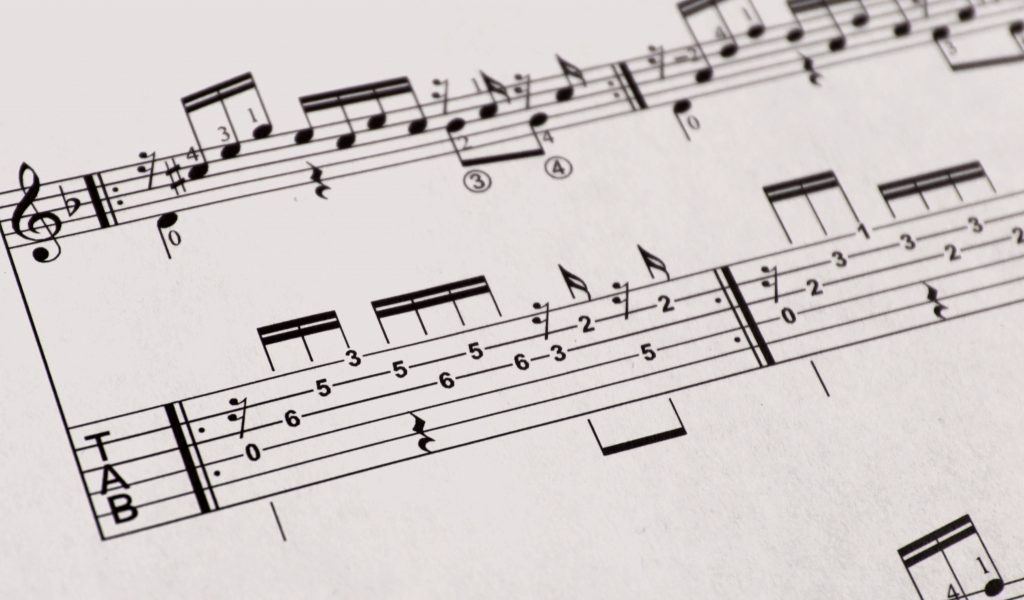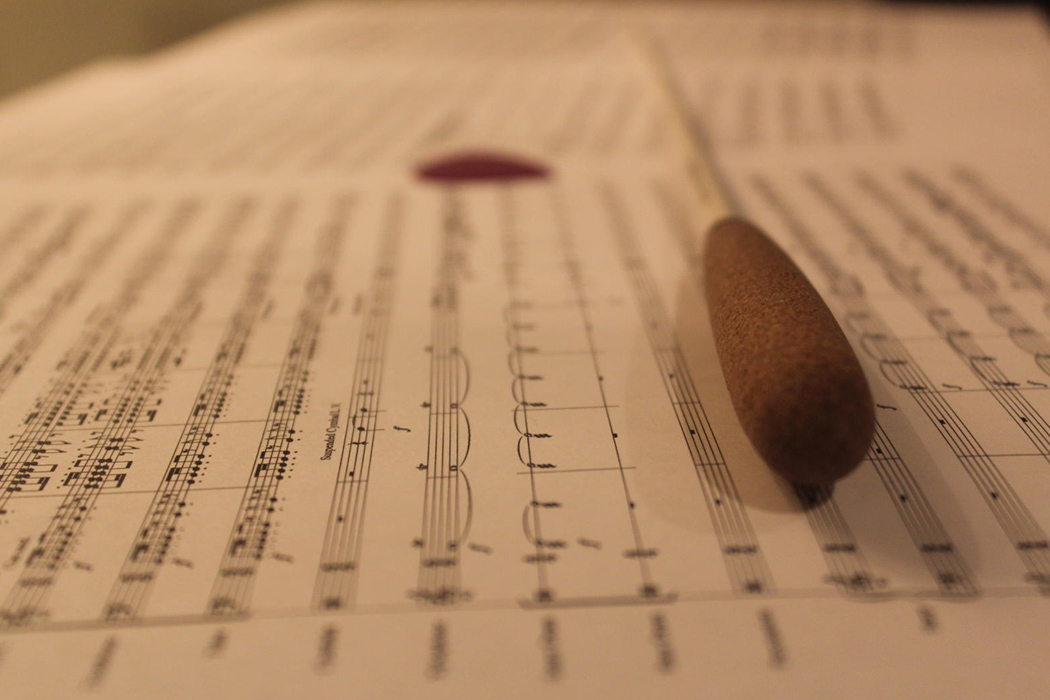Learning Guitar By Ear: Why You Need To Work On Transcribing.

It’s common for musicians to read a tab or standard notation sometimes to overlook learning by ear. However, learning by ear helps you to develop your ears and improve your abilities.
Transcribing is the process where musicians learn to play musical passages through the ears.
This means that you will write the note down in a form, and writing it down is very important; otherwise, you will forget.
Your sound is in your hands as much as anything. It’s the way you pick, and the way you hold the guitar, more than it is the amp or the guitar you use. –Stevie Ray Vaughan
Check out our No.1 recommendation for learning guitar here.
Before transcribing
The first thing that you need to take note of is the prerequisites. Are you transcribing the music to standard notation or tab? In the beginning, you will find that it is easier to transcribe to a tab, and that’s an excellent way to start.
While standard notation is slightly more formal, you can use tablature to transcribe guitar parts, especially if you are not looking to share it, or you may only give it to other guitar players.
However, the standard recommendation is that the form of notation that is more appropriate for tablature is rhythm stems.
This has its similarities with the tab, but the exception is that stems similar to the ones in standard notation are written on the tab as a rhythmic value of the note.

The next thing to discuss is ear training. It will be easier for you to transcribe if you have developed your ear to be more effective.
Ear training is essential for transcribing, but it also results from transcribing as well.
So, even if you haven’t gone too far in your ear training and haven’t solidified the skills yet, you may still be able to go into transcribing. However, you must choose tunes that your skill levels can manage.
Also, you need to have a piece in your mind with an appropriate level of difficulty.
In transcribing, you don’t have to transcribe the whole piece, but it can be satisfying to transcribe a record from beginning to end.
You must give an accurate guess about how difficult it is to transcribe a piece after you listen to it. If the piece is slower, then it may be easier to transcribe.

It may require special effects and techniques, basic scale patterns made from easy rhythms, and many step-wise motions.
However, if it is a fast tune, it may have a more difficult technique, use novel rhythms, many leaps, and weird scales.
According to uk.bestessays.com, fast tunes may be difficult to transcribe, even for professional and seasoned transcriptionists.
So, the difficulty of music that you are transcribing determines your level of transcription skills to a large extent. If that passage requires a pro guitar player to play, it may need a pro transcriptionist to copy down.
How to transcribe

- Start simple: begin with the easiest part of the song. The melody is usually a good place to start compared to other complex parts, such as the guitar solos.
- Use software: your targeted section has to be reasonably short and consists of a musical statement. So get slow-down software, and play the music in the loop. Don’t try to think of individual notes but in phrases instead. Although it may appear counterintuitive, it is usually harder to transcribe when you think about individual notes too much. You may need to stop on a note sometimes and hum it, then search for it on your guitar. However, generally, it is better to transcribe with smaller chunks per time.
- Hold on to something: try to follow the rhythm, slow it down, and sing along. Then pick your guitar and find out the first and last note. According to the best essay writing service, this will help you discover its range and where you can play it best.
- Eliminate possibilities: after doing all of that, you can start to work it out. Find out the key it is in, the root note, the scale it uses, and if there are notes outside the key it uses.
- Discover the rhythm: as much as you can, you must separate the rhythm from the pitch. You have to write down the rhythm in some form if you’ve figured it out. If you don’t have a strong understanding of the rhythm, you can count the notes, then make an “X” marker over the tab to indicate all the notes you hear.
- Bookend it: the next thing is to fill in the initial and ending notes if you were successful in finding them.
Once you are able to do all of these successfully, you will also be able to guess the melody as you play the notes on a guitar.
Conclusion
Transcribing can be very hard, slow, and frustrating as well. You may not have imagined how much time it will take because it takes a lot of time.
As expected, it is usually more challenging at the start, when you are learning, and you may only be able to point out very few notes in one hour.
However, the more you practice, the faster you get.
Justin Osborne is a writer at uk.bestessays.com, he loves to share his thoughts and opinions about education, writing and blogging with other people on different blogs and forums.
Currently, he is working as a content marketer at best essay writing service.
Author bio:

Dr. Robin Alexander
Dr. Robin Alexander, an MD Pathologist and passionate guitarist, combines his love for music and science. As a guitar enthusiast, he shares valuable insights and tips on guitar playing here at Guitarmetrics, helping musicians enhance their skills and enjoy their musical journey.
Check out these other Blogs we recommend for Learning Guitar By Ear.
1. musical-u.com
How can I learn to play guitar by ear?
2. superprof.co.in
Learning to Play the Guitar by Ear with These 6 Essential Tips






